- Home
- Company
- Media Relations
- Blog
- The New Normal in Construction
Covid-19 makes disruption the ‘New Normal’.
If you are still following the old rules, the time to switch is NOW!
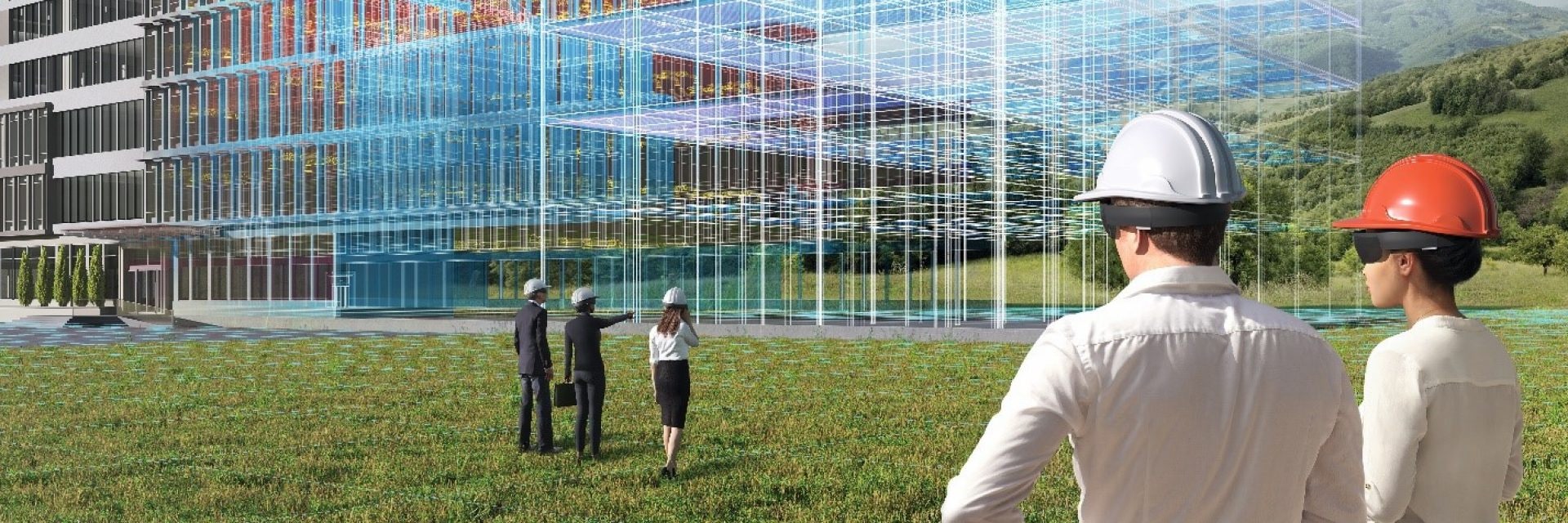
If you are a fancy restaurant owner facing closure due to the viral crisis, you shouldn’t spend too much time grieving. Reason? All you need to do is tweak your gourmet menu to ‘rajma-chawal-lassi’ mode: The perfect comfort-food for souls suffering from coronaphobia.
If you did that, you wouldn’t be alone. The Corona virus has forced the entire world into ‘reinvention mode’. Art exhibitions are going online (your wine cellar better be stocked). Opera shows are taking to streaming like Netflix. Yoga instructors are bending over backwards to ‘work from home’. Yes, it seems that not just the virus – change is in the air too.
We may not be going back to the ‘old normal’ anytime soon either. “I think there is a big and fascinating issue about the stickiness of some of these changes,” says Doug Noonan, a professor of public and environmental affairs at Indiana University-Purdue University Indianapolis (IUPUI).
After all, isn’t Namaste already the new handshake? Social distancing, the new social networking? As Covid 19 fundamentally alters the way the world thinks, works and relaxes, die-hard habits are dying and new ones taking their place. And as brands and organizations rush to the drawing board for viral survival strategies, the one thing uniting them seems to be technology. Be it micro-fulfillment technologies, robotic warehouses, drone deliveries or, at the very least, Zoom and Skype icons flashing on the mobile screen for the first time, tech and digital is our ‘Avenger’ against the common foe.
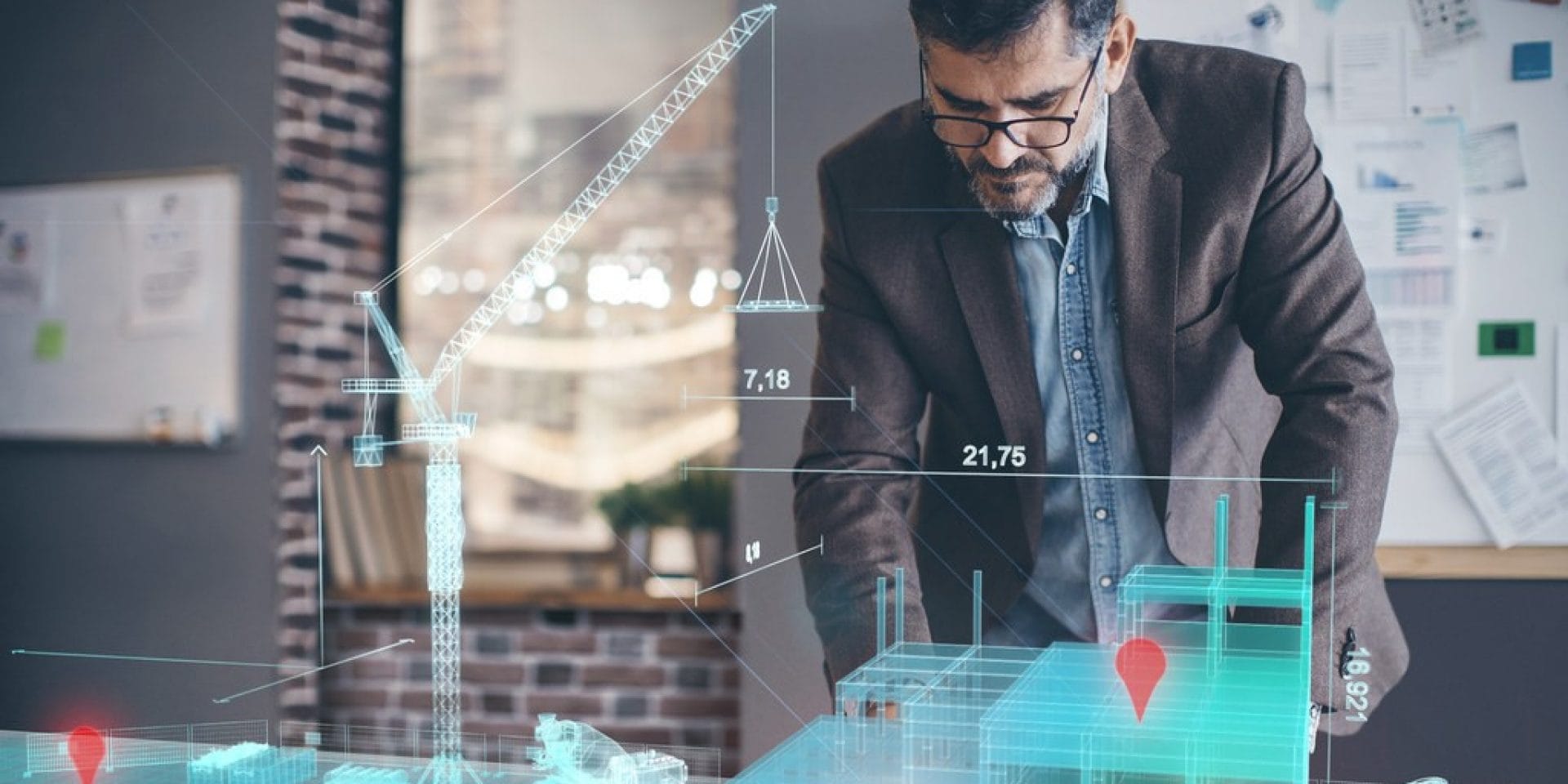
So if devastating fires made way for sweeping factory regulations…if World War II caused women to step into the workplace…and if the great depression ushered a ‘Waste-Not-Want-Not’ consumerist culture… how exactly is Corona going to transform the construction industry?
The question is highly relevant. In the view of MIT Technology review editor Gideon Lichfield, “This isn’t a temporary disruption, it’s the start of a new normal, a completely different way of life”.
Truth be told, the construction sector – where both funds and faith are heavily invested - has cause to be concerned. Social distancing – mandated and strictly implemented by authorities - has all but crippled this human-intensive niche. The fear factor (psychological scar) of a largely unknown enemy will take time to pass. As workers are quarantined and projects face indefinite delay, everything from costs to morale to reputation is at stake. For the Indian construction industry in particular - which is still to undergo significant modernization and mechanization - the challenge is much bigger than some other sectors.
One has to take a long hard look at the status quo and usher some quick adjustments in approach, processes, systems, vision and leadership - some more brutal and drastic than others, perhaps. After all, we could well be on the cusp of a novel evolutionary curve, not unlike the industrial revolution.
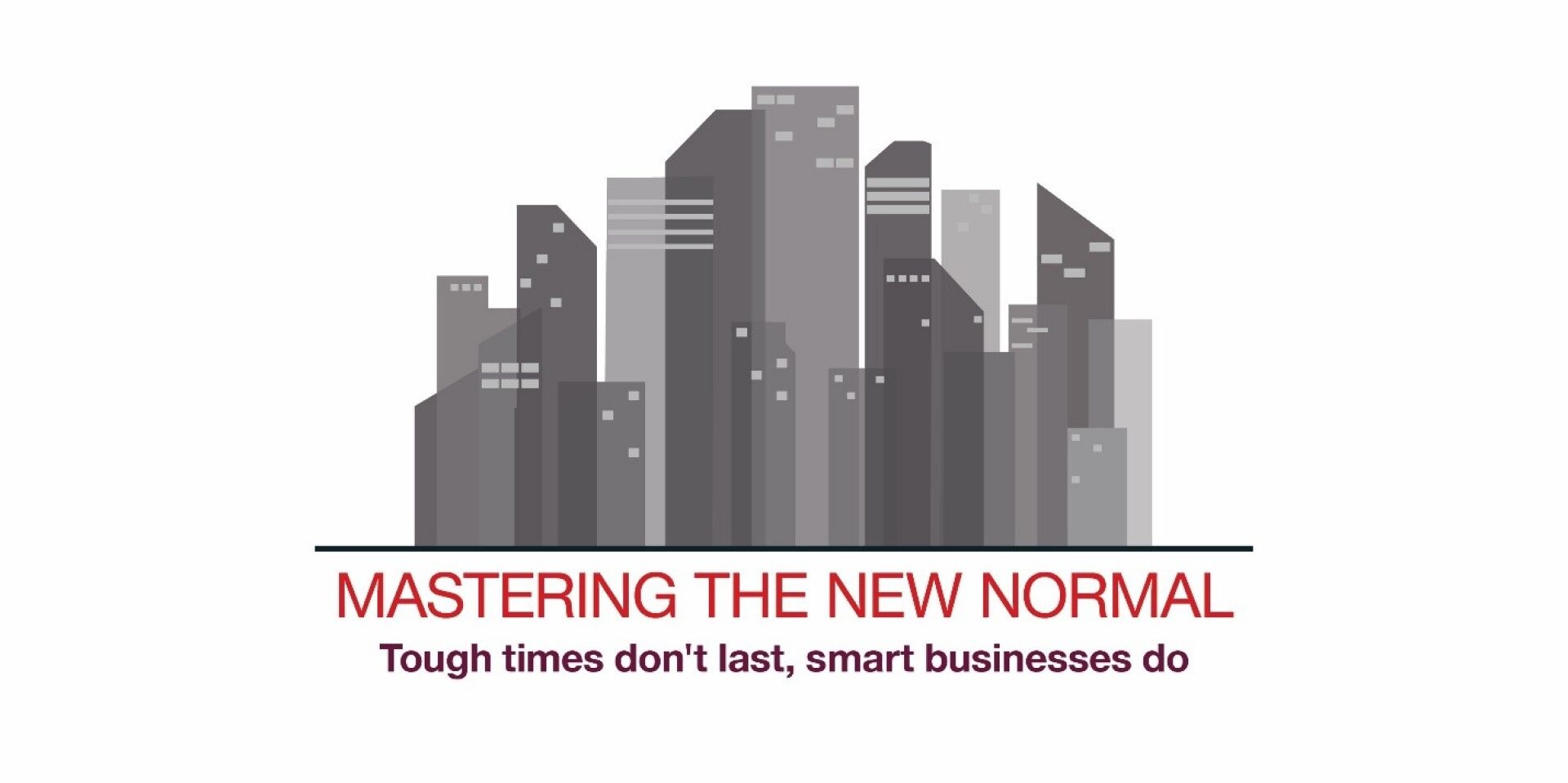
The construction community will now have to answer some burning questions: How can we maintain productivity levels with less labor? How can we deliver on targets with leaner teams? How can we keep competition at bay with reduced resources? In short, how can we do more with much, much less?
There are no silver bullets, but here are some steps that seem inevitable going forward:
1. Building an innovation mindset
All change begins with a simple trigger: The desire to change. The legendary disruptions of the Industrial Revolution – be it the steam engine, power looms or the electric telegraph – were possible because people were open to experimentation and trying new things. As an industry, construction must acknowledge that drastic times call for drastic measures - and be willing to shed its largely conservative (for want of a better descriptor) approach to welcome a stronger willingness to innovate. Change doesn’t happen in isolation of course, so this spontaneous and fearless curiosity for ‘What’s new, What’s next’ must be equally shared by every spoke and player in the arena. Not just businesses, but their suppliers and partners as well. Suppliers will not only have to come up with novel innovations constantly, but also be able to convince their customers about the usefulness and urgency of new ideas, and help them embrace change with minimal hiccup. Digital can play a powerful role here as change catalyst. Hilti’s digital leanings - along with its passionately skilled Direct Sales & Technical Teams – ensures that new knowledge is transferred to the industry timely and effectively.
2. On-boarding digital and tech
In its typically reactive and contingency approach to digital and technology, the construction sector has so far put the cart before the horse. The corona crisis will force businesses to cut down on wastage and convert LESS from a constraint to an advantage. This (amongst others) is one of the areas where BIM will deliver big. For those who are ‘tuning in late’, so to speak, BIM is an acronym for Building Information Modelling. It is an intelligent 3D model based process featuring data, insights and tools that allows all stakeholders (planners, architects, engineers, suppliers and even accountants) to align, communicate and collaborate from a very early stage. With snapshots offering helpful clarity at every step of the project journey, BIM allows for better planning, quicker decisions and reduced cost - effectively turning LESS into MORE for the organization. As a technology-first corporate that believes that the view from the cutting-edge is a whole lot clearer, this is a domain that Hilti has been actively evangelizing. The company offers an advanced ecosystem of products, services and solutions that lets users and businesses tap into their true potential and do more than they ever have. Hilti’s ventures with Concrete Sensors (the industry’s de-facto gold standard when it comes to monitoring strength, temperature and relative humidity of concrete) and Boston Dynamics(a global leader that connects construction tools and algorithms with data and robot-tech to revolutionize efficiency) are a testimony of the company’s faith in a future where technology will enable outcomes once unthinkable.
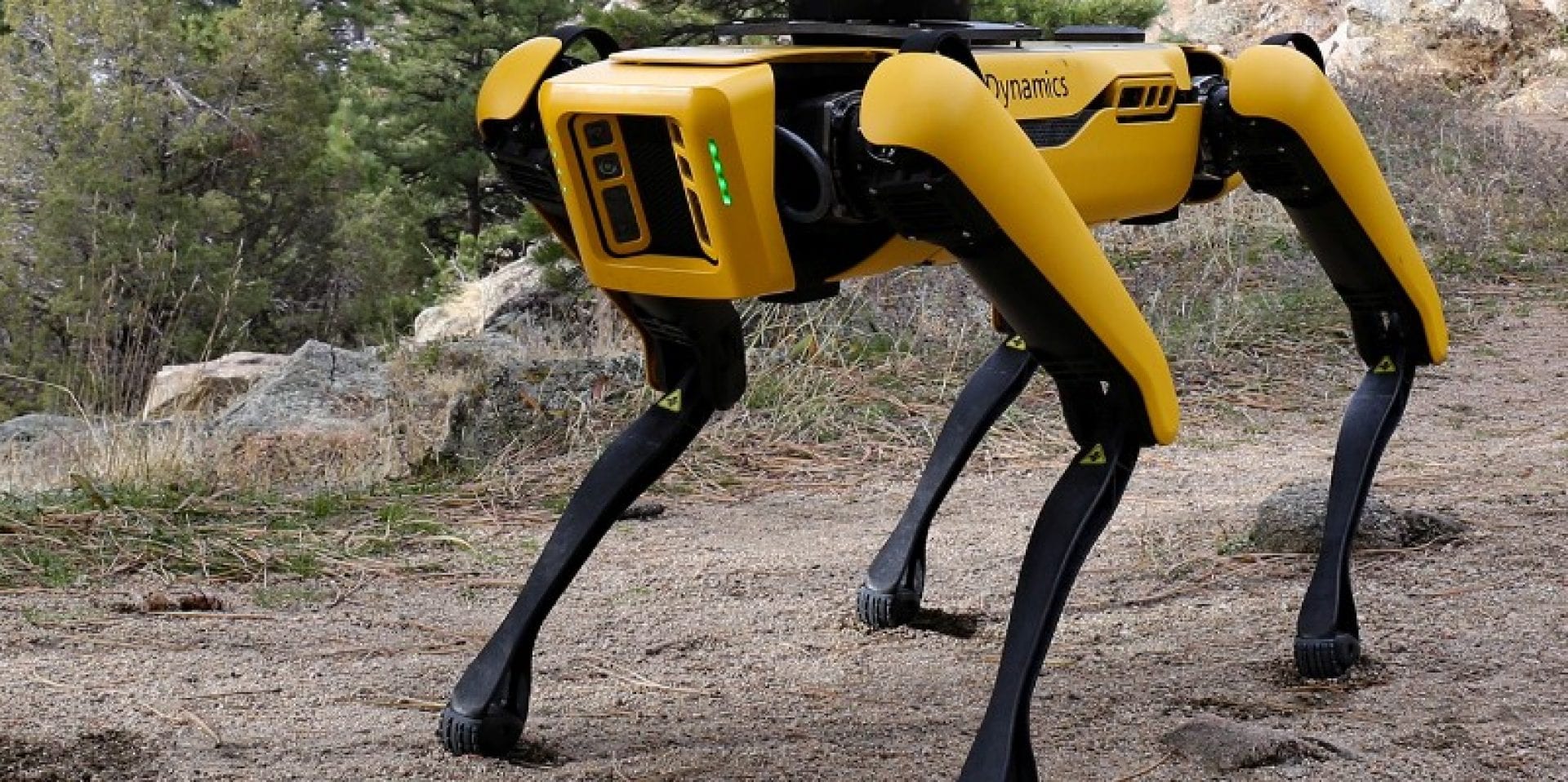
3. Optimizing long term costs by investing in higher-value tool assets
The NEW REALITY will also be about new interpretations of Cost. Indeed, the operative word has to shift from cost to value. It is time we stepped beyond myopic plans and short-term approaches, and looked beyond cheaper price-tags which miss the larger picture. In the NEW NORMAL, TCO (Total Cost of Ownership) will rise as the new hero. TCO works through activity based costs and maps expenses with the overall project journey and life cycle - instead of only acquisition cost – to arrive at the ‘true worth’ of tools and resources. Frankly, this isn’t new, but in the ‘New Reality’, smart planning like this will become a non-negotiable expectation. At Hilti of course, this parameter is part of ‘Old Reality’. Blending high productivity with low repair costs, its products and solutions have traditionally placed non-negotiable priority on ‘true value’.
4. Optimizing workflows by ‘Mapping Tasks with Solutions’
Prospering in times of crunch (the ‘corona-economy’, if you will) will be all about who optimizes best. Indeed, optimization - more than anything else – is going to set survivors apart from their not-so-lucky counterparts. The days of fitting bullock carts with bullet-train engines or fitting flimsy grey-market ropes onto million dollar cranes (that lift billion dollar valuables) will be behind us.
All manufacturers produce tools and materials with a specific set of assumptions (which differs from brand to brand). Mixing products of multiple brands can cause different assumptions to clash, leading to under-optimization. Hilti’s overarching purpose – to be an end-to-end workflow productivity partner – means that the ecosystem of products created by the company are all tied to a common assumption. The upshot is optimization across the chain – be it timelines, safety or costs. Not only that. Hilti’s ‘Make It Fit’ motto allows its patrons and users to flexibly mix & match tools with unique tasksets to arrive at highly customized combinations that not only multiply productivity at every point of the workflow, but magnify bottom-lines manifold as well.
5. Focusing on safety – big time
When you are working with limited manpower, you have to take extra care of your teams. ‘Less’ MUST translate to ‘more’ if businesses are to regain their foothold in the NEW NORMAL. And that cannot happen if instead, all paucity leads to are chronic delays, liabilities, costs, hassles (of disruption & stoppages) and erosion of goodwill – familiar predicaments of unsafe jobsites. Quite apart, of course, from the ethical and moral question of putting laborers at risk. The construction industry in India is particularly vulnerable here, given that in most cases workers are untrained, conditions (including environmental pollution) are extreme, PPE (Personal Protective Equipment) is rare or worn-out, equipments and methods are outdated, regulation is haphazard, quality compliances unregulated, emergency plans are missing. With a strong conviction that a protected worker is a more productive worker, Hilti has been vociferous and agile in championing the cause of safety at the jobsite. Be it ergonomic cordless tools (that come with interruption-free batteries), dust and noise reduction mechanisms, designs that mitigate harmful body-arm vibration, ‘real time tech’ that anticipate on-the-job hazards, strategic and timely trainings or an ecosystem (tools, tackles and processes) that is compliant with global standards like CE and ETA, safety at Hilti is much more than just prescient technologies, aware instruments and thoughtful Do’s & Don’ts. It is a non-compromisable approach and an enduring attitude.

6. Turning to Data & Analytics for better decisions
While the NEW NORMAL will bring a fresh set of variables, some things won’t change. The spoils of war will continue to go to those who take better decisions quicker. The construction sector is yet to witness the true power and potential of Artificial Intelligence (AI) and Machine learning (ML). These trends are radically transforming productivity, transparency and cost models with the help of adaptive technologies (such as Torque Preset), ODA, robotech (autonomous robots) and predictive maintenance. A significant fraction of Hilti’s domain leadership is hinged around aggressively consolidating expertise in areas like AI & ML, and pass on ‘first-mover’ benefits to its global user and client network. At one level, it is helping the company foray into important new application areas. At another, it is helping Hilti raise the industry benchmark when it comes to decision-making and speed (by shrinking project executing time thereby accelerating construction schedules) through better understanding and measurement of critical components in construction. For instance, its acquisition of Concrete Sensors’ AI driven assets (comprising a suite of leading-edge IoT devices, softwares and services) is bolstering Hilti’s grip over the concrete curing process, thus exponentially amplifying the efficiency of its tools in this niche. In tandem with its premium services like ON!Track (which eases data and information management and access - at both the jobsite and on the strategy-board), Hilti is set to help a whole new generation and line of businesses cross the Data & Analytics barrier without the teething discomfort, and get ‘fighting fit’ for the new economy.
7. Tracking KPI’s & monitoring performance smartly
You cannot manage - let alone improve - what you cannot measure. Be it apprising moving targets, readiness planning or conducting post-mortems, granular visibility of variables has always been significant for companies when it comes to staying agile. In the NEW NORMAL, its importance will only rise. The time is near when the construction industry – without exception – must turn to OEE (Overall Equipment Effectiveness) to get a deeper sense of exactly how effective its combined {tool + people} system really is, and respond in line. By bringing equipment and asset management at their fingertips, Hilti ON!Track lets construction leaders and professionals stay on top of vital information on-the-go, and take decisions that are easy, accurate and profitable.
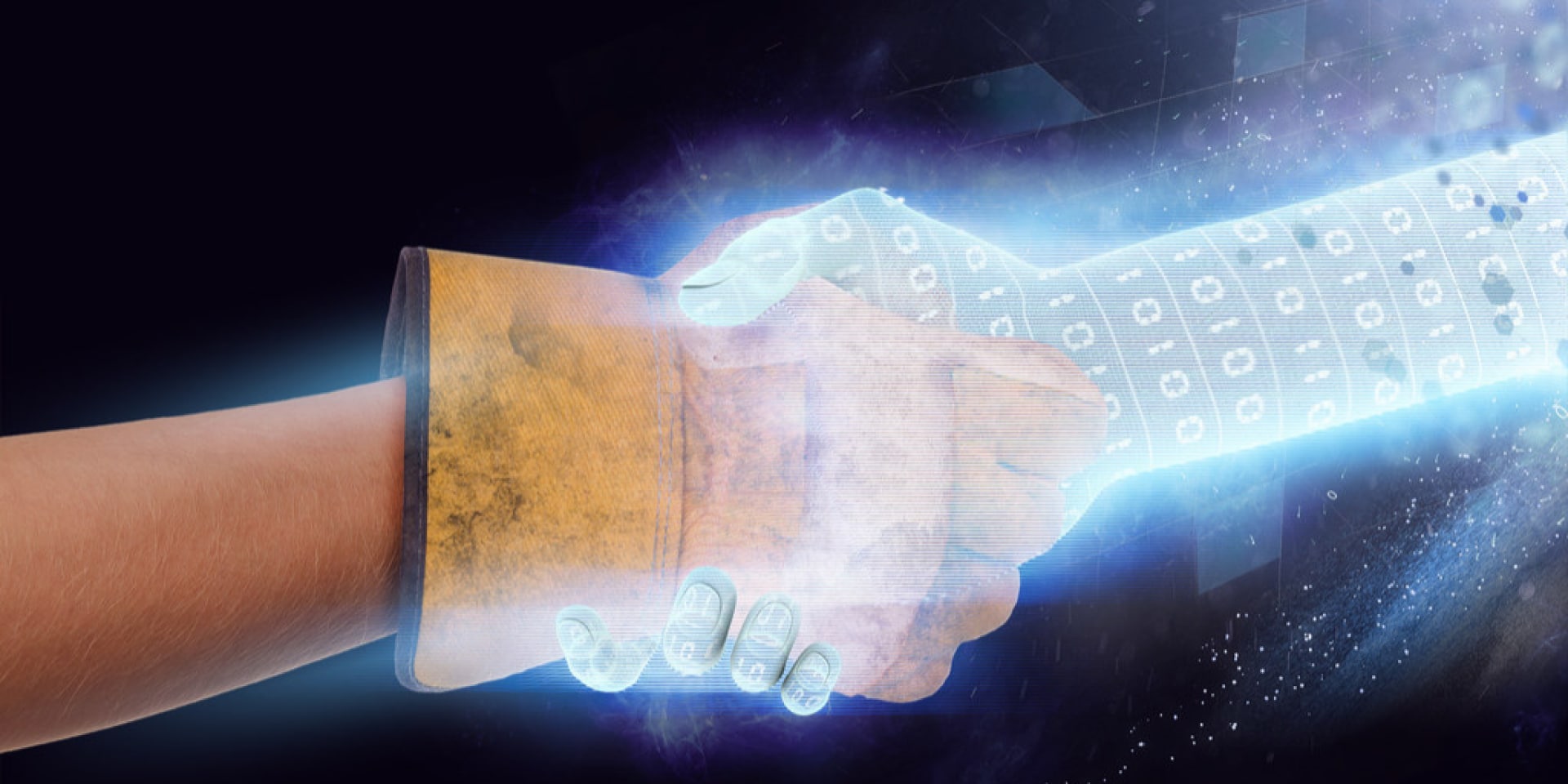
8. Investing on training & engaging teams
The NEW NORMAL will require everyone to reinvent themselves - not just strategically but with greater frequency than ever before. Regular un-learning, re-skilling and up-skilling (without overlooking ‘Train-The-Trainer’) will be de rigueur in the coming day. Hilti regularly conducts customized training programs – both online and offline – to help practitioners and patrons make the most of its tools and technologies. New realities, by definition, don’t come with factory-fitted manuals. Figuring out new roadmaps will involve a fair bit of improvisation and trial & error (this is where Machine Learning and Artificial Intelligence will help) as well as staying courageous and following one’s gut instincts (this is where true leaders will shine). That said, it will also make sense to seek out and invest in the advice and expertise of subject matter experts and domain veterans who possess experience and can offer learnings. This is an area where Hilti’s Direct Model fits the NEW NORMAL like a glove. Armed with hands-on experience and up-to-date skills, Hilti’s Direct Sales and Engineering Teams hand-hold and upskill users at every stage along their learning curve – keeping users in advanced modes of readiness with the latest innovations and technologies.
Necessity is the mother of invention. As we weather the winds of change, adapting to the ‘next big thing’ becomes the necessity and norm in the NEW NORMAL. So does staying alert and agile – nothing can be taken for granted anymore. There is an element of excitement and promise in all forms of flux, and that is where the real focus must go.
This is also the time to co-create the next phase of your business odyssey with the right partner: One who aligns with your mandates, agrees with your value systems and understands your need for a bespoke compass, as you navigate new waters for bold new directions.
Take heart. After the dust has settled (the pun is intended!), it may all be for the better. As Erik Brynjolfsson - director of the Initiative On The Digital Economy at MIT Sloan - says, “A shock like this can change everything. It forces people to figure out something new and say, ‘Hey, this is way better.’ ” The NEW NORMAL may have started messy, but who knows – it may bring plenty of reasons to make you smile, too. The prescription isn’t complicated: Do not rush into anything, stay receptive to adjustments and do the basics right.
The construction sector is no stranger to adversity. Mastering the corona economy may be a dicey challenge, but one worth mastering.
Are you ready?
HILTI PARTNERS YOUR SEARCH FOR ANSWERS IN THESE TIMES OF UPHEAVAL. KEEP WATCHING THIS SPACE, AND ATTEND OUR UPCOMING WEBINAR THAT WILL EXPLORE ANSWERS AND BEST-ROUTES DURING THESE CHALLENGING TIMES…
